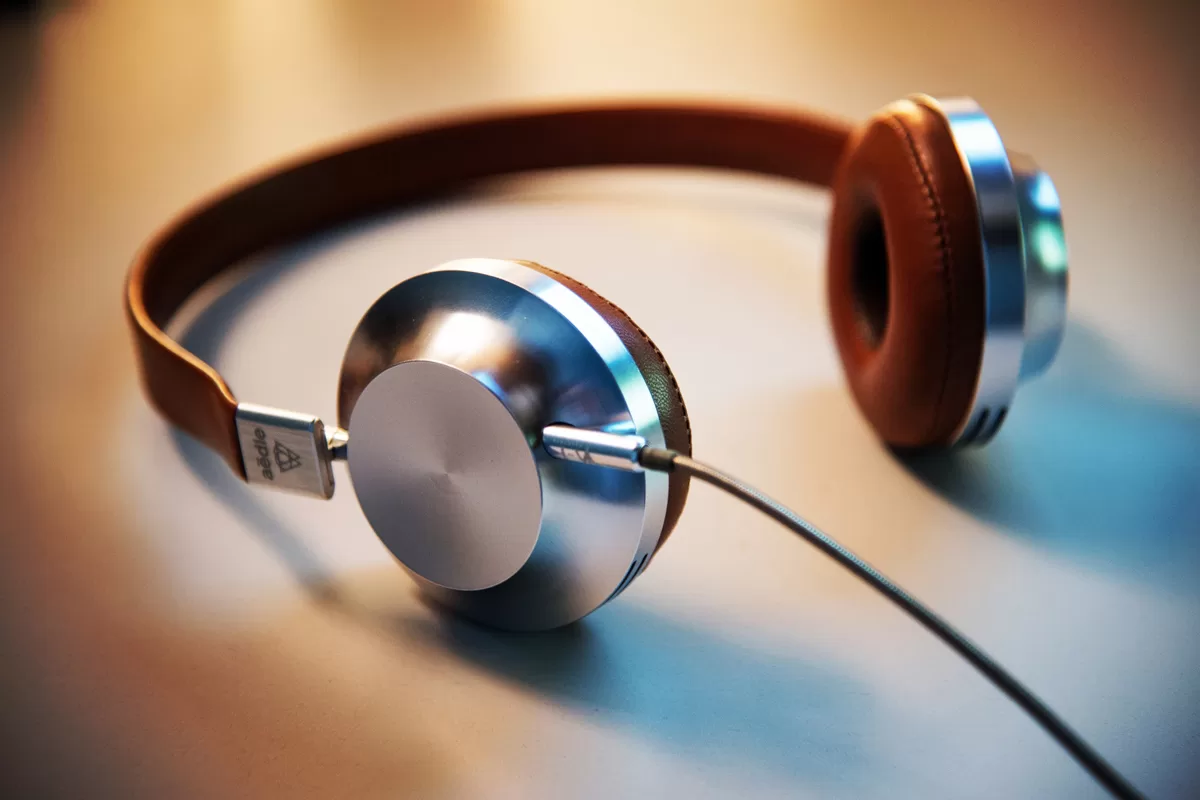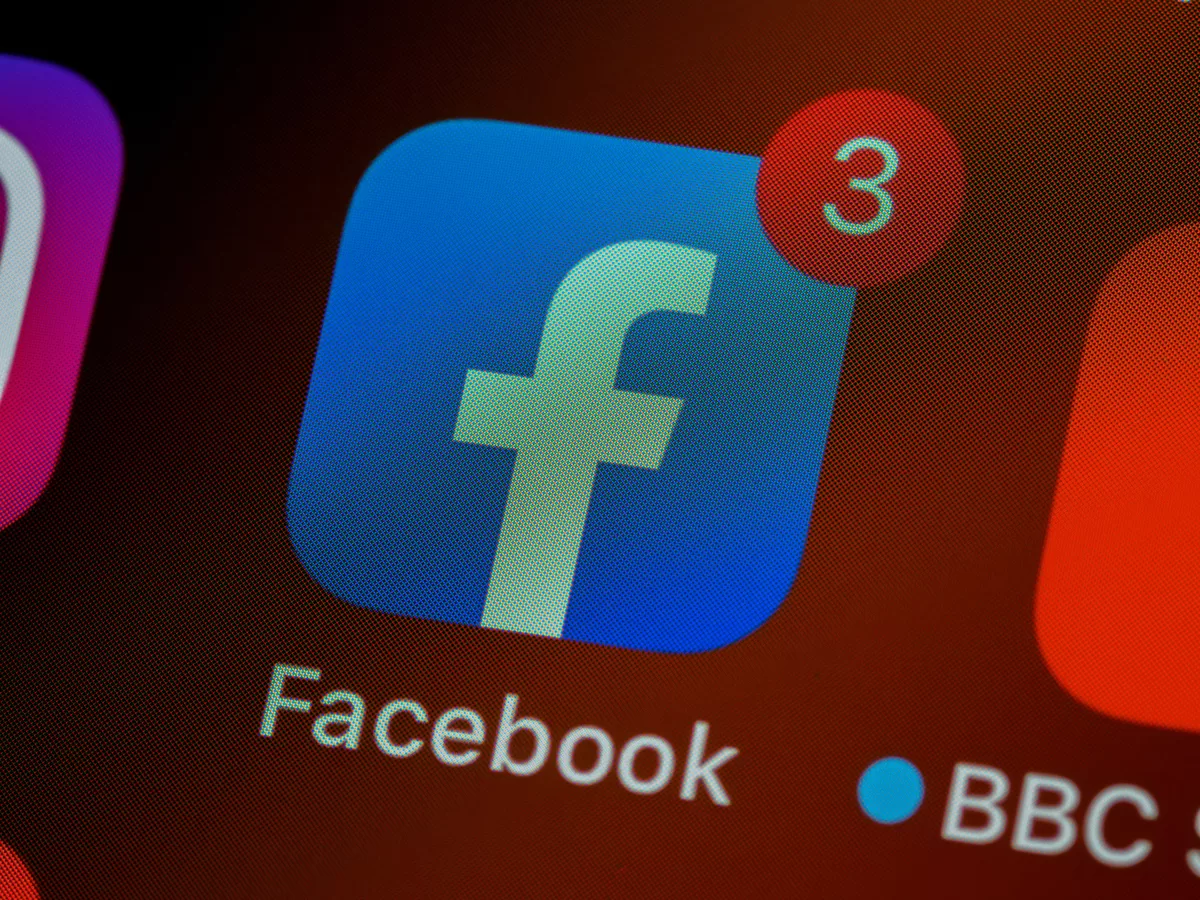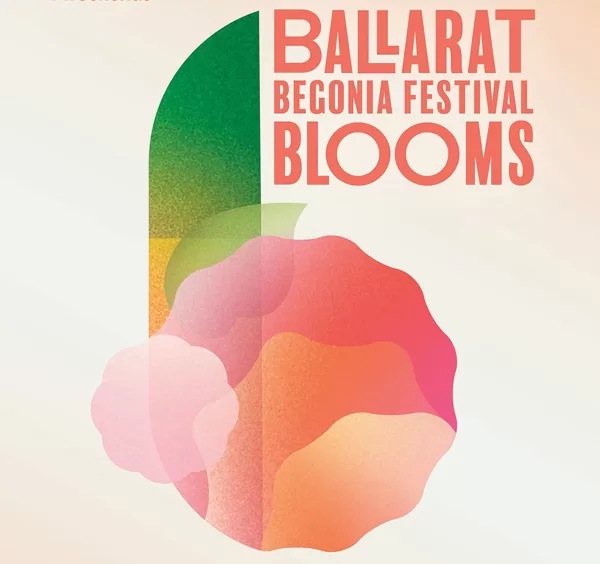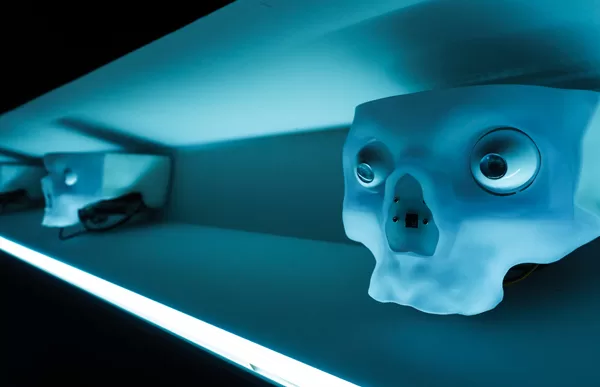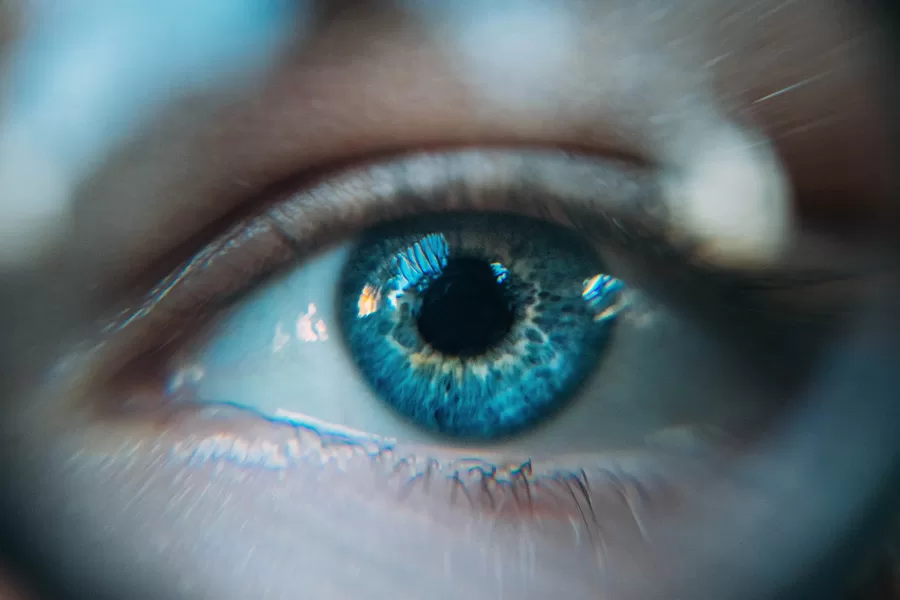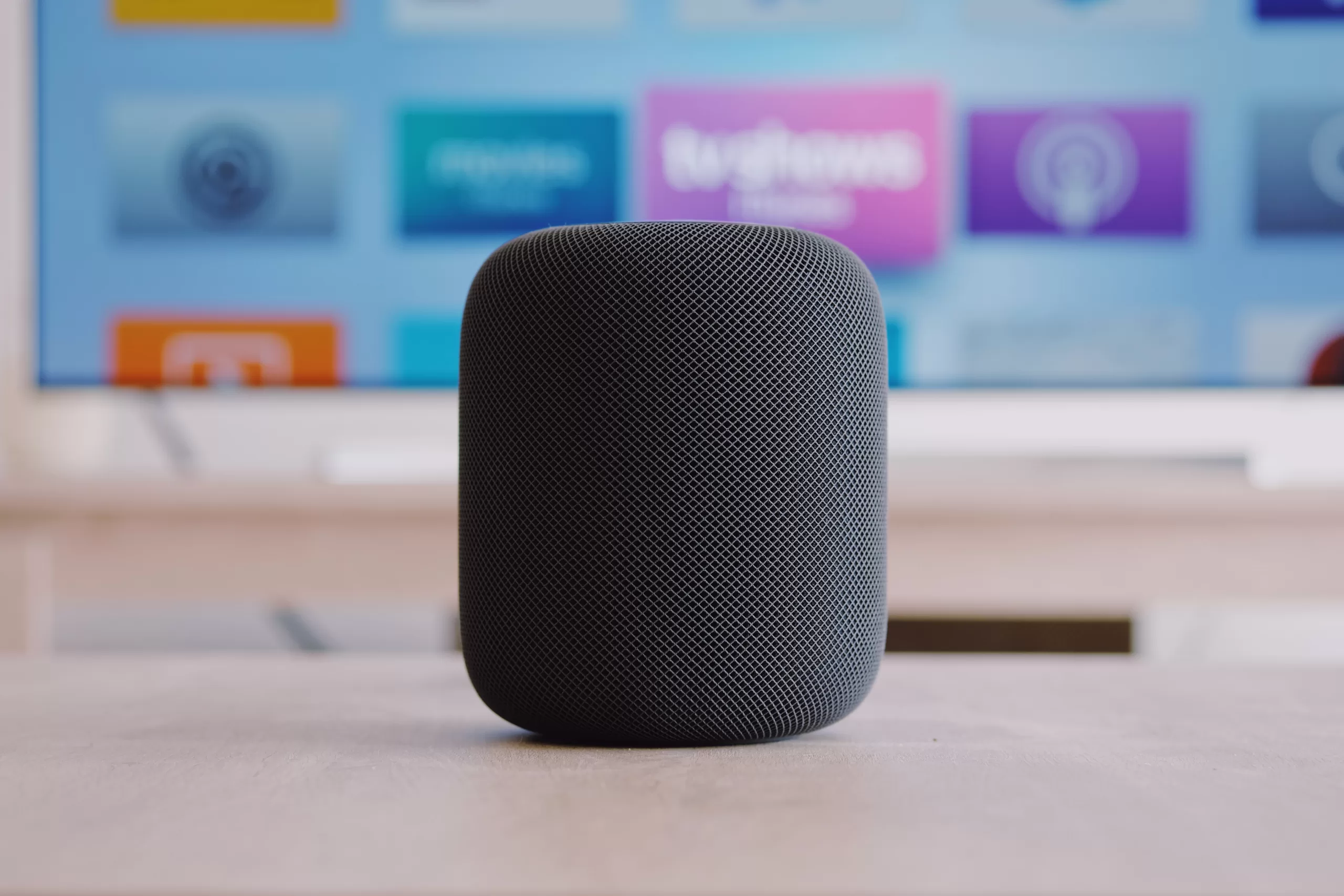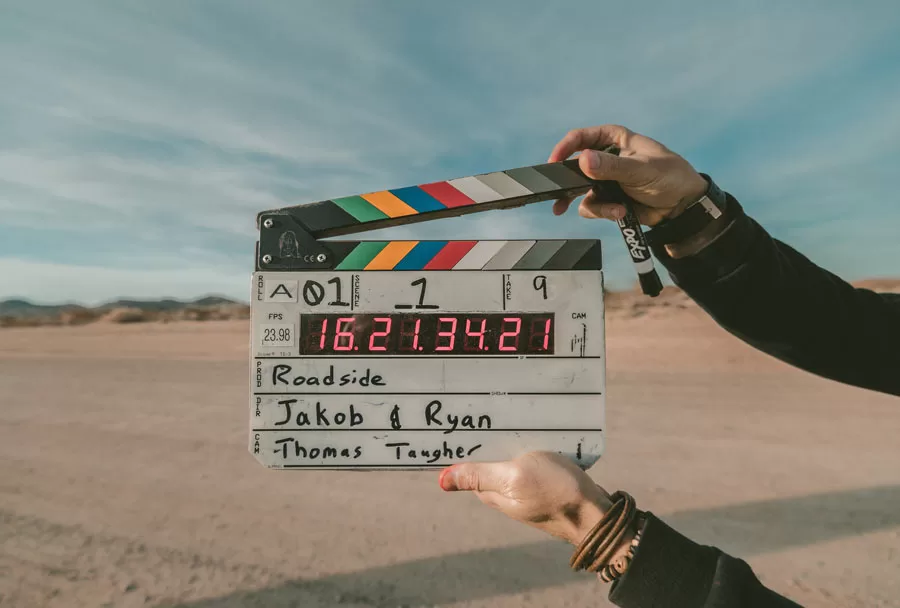Whether you’re writing a 15-second radio spot, or a long-form instructional video, your language should never be more complex than it needs to be. Clear, concise communication will always get a better result.
Here are a few tips when writing for your next media project.
Use fewer words
People often use unnecessary words, or expressions when trying to communicate a simple message.
For example, instead of saying “at this point in time” you might simply say “now”.
Use plain language
Some writers, or speakers believe long sentences and difficult words make them sound official, or well-educated.
This type of language simply makes the content inaccessible for most users.
For example, Government guidelines often stress the use of plain, or simple language to ensure complex rules and services are clearly understood.
Keep it short
Keep sentences short. They are easier to read and understand.
Each sentence should have one thought. Too many points in a single sentence creates complexity and invites confusion.
Paragraphs can be as short as a single sentence, or even a single word.
Eliminate fluff
Qualifiers and intensifiers limit, or enhance meaning e.g. “I was somewhat busy”, or “The dog was very cute.
Excessive use can make you sound unsure of your facts, or make your writing too informal.
Don’t ramble
Rambling is a big problem for many writers. Get to the point.
Edit ruthlessly
Shorten, delete, and rewrite. Anything that doesn’t add value should go.
As well as the basic grammar tools you find in Microsoft Word, or Google Docs, there are several online tools like https://www.scribens.com/ to check for extra words, or overtly complex sentences.
While we might not want to be the next Hemmingway, we can all improve our writing style to better engage our intended audience.


